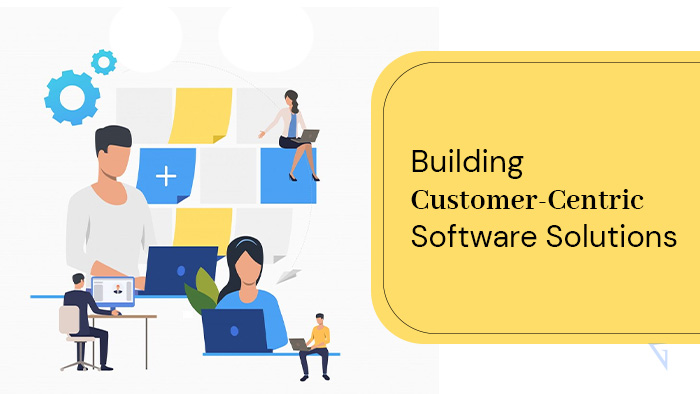
Data Privacy and Protection in Software Applications
Introduction to Data Privacy and Protection Data privacy and protection is of utmost importance in today’s digital world. It has become increasingly necessary for individuals and organizations to protect their data from unauthorized access and malicious attackers. Data privacy and protection refers to the set of practices and principles that are used to protect sensitive data or information from being exposed, misused, or altered. Data privacy and protection can be implemented in various forms such as software applications, data encryption, user authentication, and access control protocols. Therefore, it is essential for anyone using data to understand the need for data privacy and protection and to take the necessary measures to ensure that their data remains safe and secure. Data privacy and protection is essential in today’s world because it helps to protect individuals’ personal information and corporate data from security threats. It also ensures that individuals’ data is not misused or shared without their permission. Additionally, data privacy and protection helps to protect companies from



